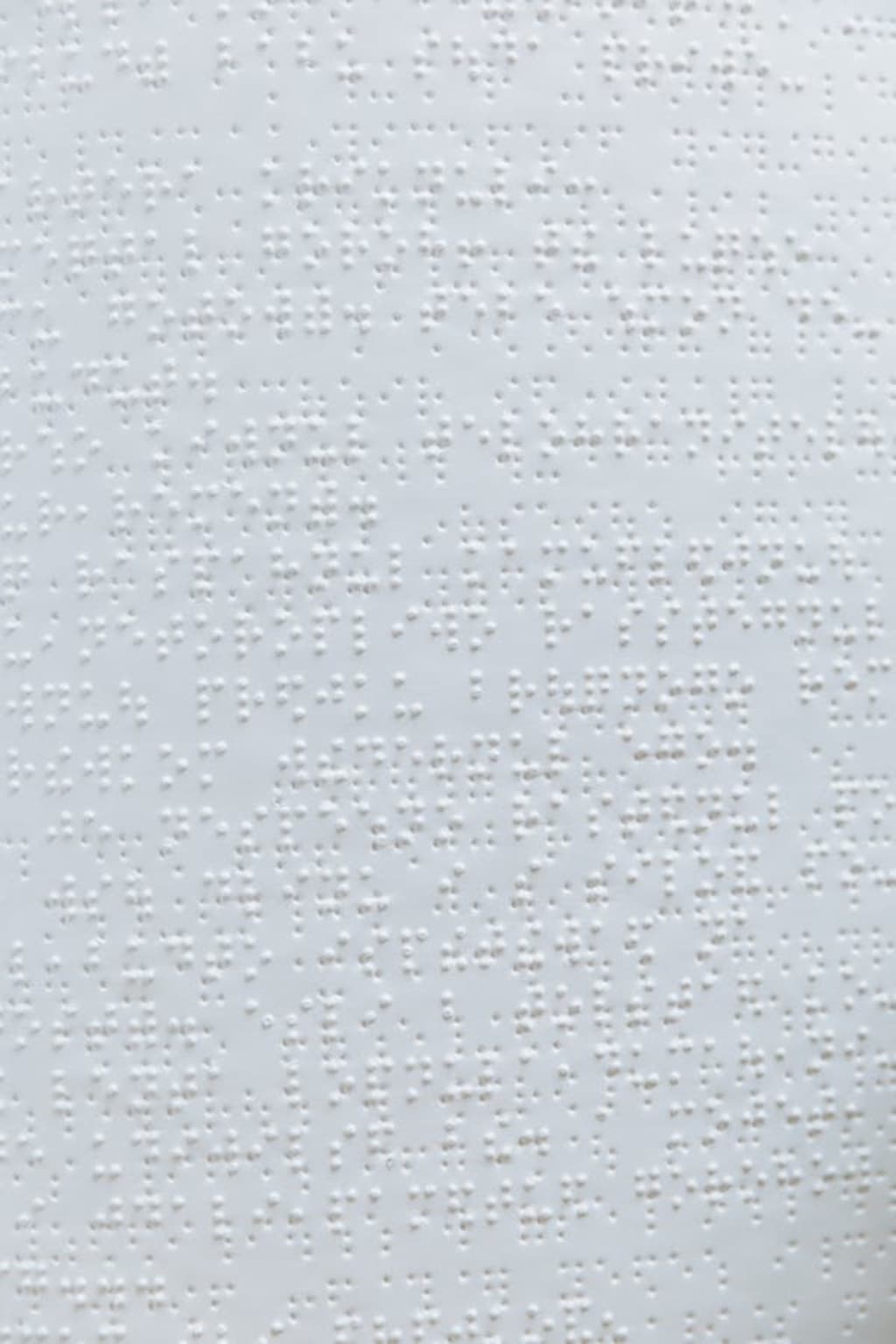Rehabilitation Devices for Disabilities
Instrument implement appliance

Introduction:
Rehabilitation devices have proven to be revolutionary in improving the quality of life for individuals with disabilities. These cutting-edge technologies are designed to assist and empower people with disabilities, enabling them to overcome physical limitations and engage in everyday activities. Through continuous research and advancements, rehabilitation devices have emerged as essential tools in fostering independence and promoting overall well-being among the disabled community.
Mobility Aids:
Mobility aids play a vital role in enhancing mobility and independence for individuals with disabilities. Devices such as
wheelchairs,
crutches, and
walkers
provide support and stability, allowing users to move freely and participate in various activities. Advanced electric-powered wheelchairs have also become popular, offering enhanced maneuverability and accessibility features.
Prosthetic Limbs:
For those who have experienced limb loss, prosthetic limbs are a game-changer. These artificial limbs are designed to replicate natural movements, helping amputees regain functionality and restoring their confidence. With the integration of robotic technologies and neural interfaces, prosthetic limbs are becoming more sophisticated, allowing users to control them intuitively.
Following are the prosthetic limb which are given below
Titan Arm
Robo Leg
Iron Grip
Cyber Foot
Bionic Blaze
Steel Stride
Phoenix Hand
Mech Toe
Power Palm
Nano Knee
Dynamo Limb
Electra Extremity
Photon Prosthesis
Techno Limb
Aero Ankle
Cyborg Claw
Quantum Quads
Pulse Limb
Synthi Sole
Marvel Arm
Assistive Communication Devices:
Communication is a fundamental human need, and assistive communication devices have been developed to enable individuals with speech or language impairments to express themselves effectively. Augmentative and Alternative Communication (AAC) devices, like speech-generating devices and eye-tracking systems, facilitate communication, fostering social interactions and boosting self-esteem.
some common examples include:
Communication Apps: There are various mobile applications available for smartphones and tablets that offer speech-to-text, text-to-speech, and other communication support features.
- Braille Devices: Braille devices translate text into Braille characters, enabling individuals with visual impairments to read and write.
- Communication Software: There are various software programs designed for desktop computers and specialized communication devices that cater to different communication needs.
- Picture and Symbol Libraries: These resources provide a wide range of pictures and symbols that individuals can use to create communication boards or customize their communication devices.
Exoskeletons:
Exoskeletons are wearable robotic devices that provide support and assistance to individuals with mobility impairments. These devices can be used in rehabilitation settings to aid in physical therapy or in daily life to enhance mobility and reduce physical strain. Exoskeleton technology has advanced significantly, allowing for greater adaptability and customization.
Sensory Assistive Devices:
These devices cater to individuals with visual or hearing impairments, helping them navigate the world more efficiently. Examples include screen readers, Braille displays, hearing aids, and cochlear implants. These devices ensure that people with sensory disabilities can access information and communicate effectively.
Hearing Aids
Cochlear Implants
Tactile Graphics and Models: Tactile graphics and models are raised representations of visual information designed for individuals with visual impairments. They provide access to maps, graphs, and other visual content through touch.
Alerting Devices: Alerting devices use visual or tactile cues to notify individuals with hearing impairments about sounds in their environment, such as doorbells, phone calls, alarms, or fire alarms.
Closed Captioning: Closed captioning is a feature that displays the text of spoken dialogue and other audio elements on video screens. It helps individuals with hearing impairments understand the content of movies, TV shows, and online videos.
Tactile Sign Language Interpreters: These interpreters use tactile signing to communicate with individuals who are deaf-blind. They convey sign language information by placing their hands over the hands of the individual they are interpreting for.
Vibro-tactile Devices
Conclusion:
Rehabilitation devices have opened up new avenues for people with disabilities, empowering them to lead more fulfilling lives. The continuous advancements in technology are making these devices more accessible, efficient, and user-friendly. As society becomes increasingly inclusive, the demand for rehabilitation devices will grow, fostering a more equitable world for people of all abilities. Embracing these innovations not only enhances individual lives but also enriches our collective understanding of what it means to be human.
About the Creator
umamanidrah
Hello to all, My name is Umama Nidrah and by profession I'm a physiotherapist and I am seeking for Article writing , Blog writing that is related to health with some interesting initiatives which are also uptodate.






Comments
There are no comments for this story
Be the first to respond and start the conversation.